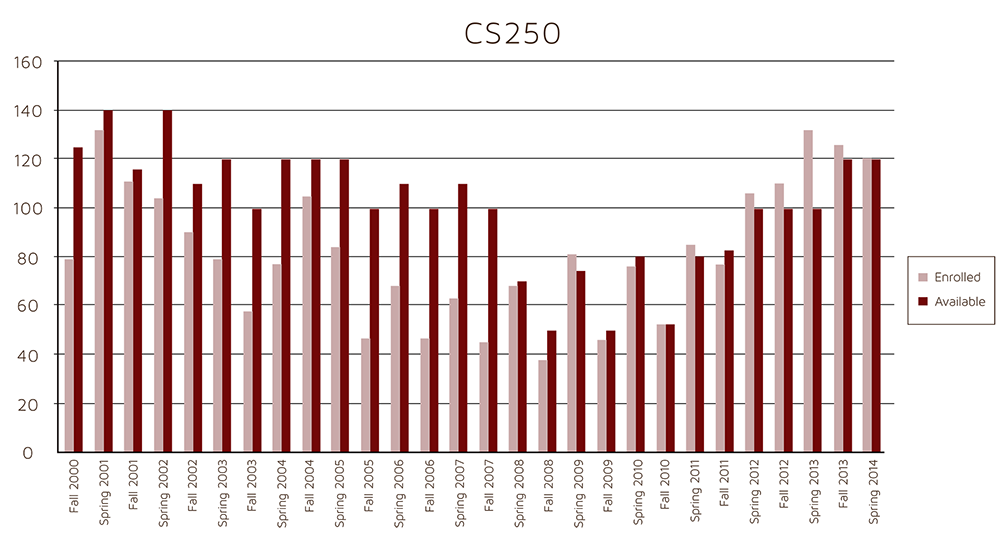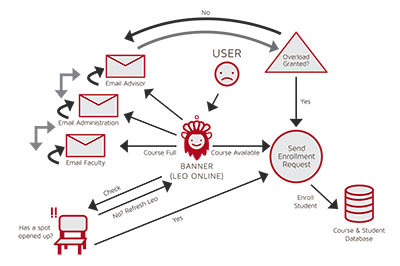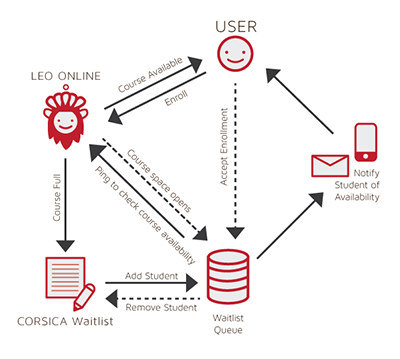| Old Dominion University | LeoOnline/Banner |
| University of Michigan Ann Arbor | Wolverine Access |
| Spokane Community College | myBigfoot |
| Princeton University | SCORE |
| Mount Holyoke College | ISIS |
| The University of Texas at Austin | UT EID |
| San Bernardino Valley College | WebAdvisor |
| University of California Irvine | WebReg |
| Tulane University | Gibson Online |
| Emerson College | eCommon |
| The University of Alabama | myBama |
| Rice University | ESTHER |
| Community College of Rhode Island | MyCCRI |
| Ohio State University | Buckeye Link |
| Johns Hopkins University | ISIS |
| Skagit Valley College | mySVC |
| University College, University of Denver | webCentral |
| Hampshire College | TheHub |
| University of Pittsburgh | PeopleSoft |
| Carnegie Mellon University | TheHub |
| SUNY Plattburgh | MyPlattsburgh |
| Columbia | Student Services Online |
| Northern Virginia Community College | MyNOVA |
| * Brown University | Banner |
| University of Virginia | Student Information System |
| Santa Barbara City College | Pipeline |
| The University of Maine | MaineStreet |
| Henry Ford Community College | WebAdvisor |
| The University of North Carolina | MyUNC |
| * Auburn University | Banner |
| Fullerton College | myGateway |
| Stanford University | Axess |
| Duke University | ACES |
| College of Western Idaho | myCWI |
| Northwestern University | CAESAR |
| Baruch College (CUNY) | e-SIMS |
| University of Wisconsin-Madison | My UW |
| Clemson University | iRoar |
| Salt Lake Community College | MyPage |


